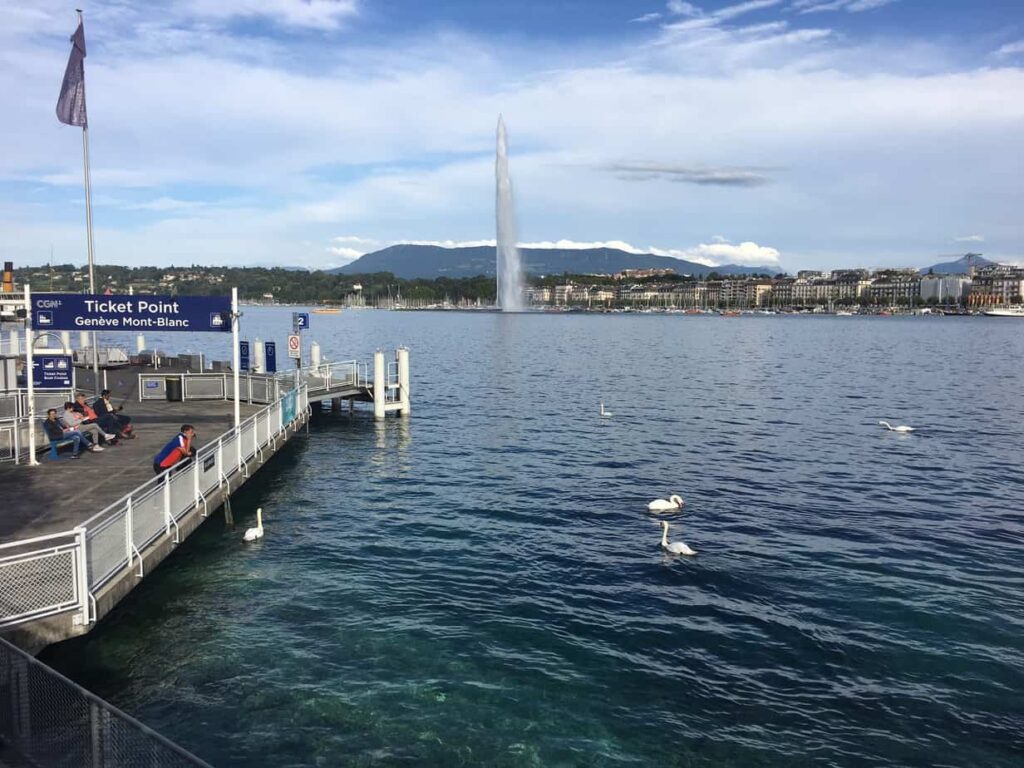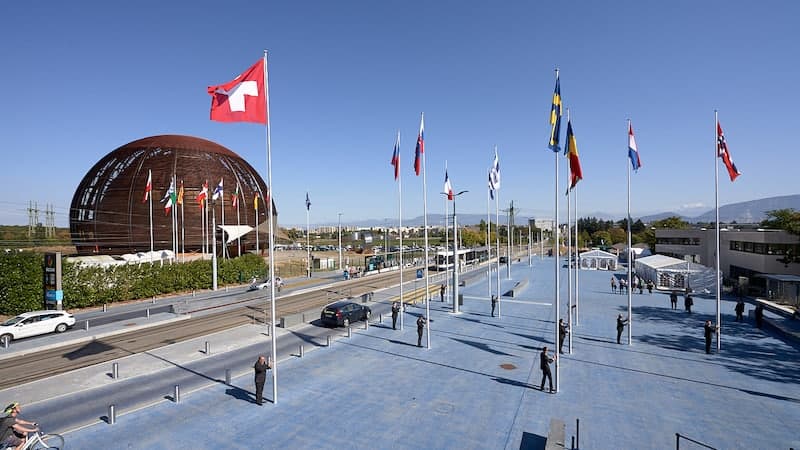
My name is Michael Birtles. I was the Managing Director of a successful Train Tour Travel company for 25 years. This blog gives me the opportunity to share my passion for train travel and discuss its future direction! Join me in my first blog on the first part of an extended train trip around Switzerland.
Swiss trains are expensive, so it’s better to travel on a rail pass. This gives the added flexibility of not having to buy tickets for each journey. There are basically 2 types of Pass – the Swiss Pass and Interrail. With the Swiss Pass as well as unlimited travel on most trains, it also covers lake steamers and busses as well as free admission to around 500 museums. The price for the Swiss Pass in 2021 for any 3 days in a month is currently £236, however some mountains railways only offer a 50% reduction. There is also a Swiss Pass for youth travellers at a reduced price. The alternative Interrail covers only trains and some mountain railways, the current cost in 2021 for 3 days in a month is £124, with further reductions for Seniors and Youth travellers. Both passes are available up to 8 days in one month versions.
Swiss Railways (known as SBB locally) www.sbb.ch/en are probably the most efficient in Europe. Over many years I have been fortunate to explore this dramatic landscape of lakes and mountains starting in Geneva. On trains, buses and boats in Switzerland, you must wear a face mask, also handrails are wiped down by mobile cleaning teams for maximum hygiene.
Whether taking a flight or the train to Geneva, you’re only a short distance from the Jet d’eau on Lake Geneva – it takes about 15 minutes to walk. Take the exit from Geneva Main station from the shopping centre underneath the main Place de Cornavin. Continue along to the pedestrianised rue de Mont Blanc passing the grand neo-renaissance Post Office built in 1904. This is on your left on the way to the Quai de Mont Blanc on the lakeside. Here you have a great view of the Jet d’eau, where the lake steamers start. For general information about things to do in Geneva visit geneve.com.
Convenient for the train station, I like to stay at the 3* Hotel Manotel Kipling, which is in a quirky colonial style of the Raj in India. There are plenty of more expensive alternatives nearby, but the Kipling is clean and comfortable with a warm welcome.
What to see in Geneva.
The following day either suggest you visit CERN when it re-opens see visit.cern/welcome. Alternatively I recommend visiting the very moving Red Cross Museum redcrossmuseum.ch. Another option is the elegant Patek Philipe watch museum. https://www.patek.com/en/company/patek-philippe-museum It’s always best to check opening times which may vary due to the Covid 19 pandemic.

For CERN take tram 18 from the Main train station which takes 25 minutes. Cern was founded by a small number of visionary scientists in Europe and North America identified the need for Europe to have a world-class physics research facility. Their vision was both to stop the brain drain to America that had begun during the Second World War, and to provide a force for unity in post-war Europe. CERN is the home of the Hadron Collider, the largest particle physics lab on the planet. It is the birthplace of the World wide Web invented by Tim Berners Lee. You can visit the exhibition area, but better still book a free 2 hour guided tour led by a research student. These tours are extremely popular and must be booked 15 days or 3 days before your visit – register at visit.cern/guided-tours-individuals.

For the Red Cross Museum take bus No 8 to the stop Appia from the main Geneva station. It is a litany of war, documented in films, photos, sculptures and soundtracks. It is set against the noble aims of the organisation founded by Geneva businessmen Henry Dunant in 1863. A permanent exhibition named “The Humanitarian Adventure” presents three contemporary problems through three distinct spaces; each created by a different architect: Defending human dignity (Gringo Cardia, Brazil), Reconstructing family links (Diébédo Francis Kéré, Burkina Faso), Reducing natural risks (Shigeru Ban, Japan) – www.redcrossmuseum.ch/en/.
Alternatively, visit the extensive and prestigious watch collection is housed in an elegant museum belonging to the renowned local watchmakers, Patek Philippe. Take tram 18 from the main Geneva station to Plainpalais – www.patek.com/en/company/patek-philippe-museum.
There’s nothing better on a warm summers day than a trip on Lake Geneva. A favourite is to Yvoire on the French side of the lake which takes 90 minutes. A small car free medaival village, it is filled with flowers blooming from every windowsill and balcony in Spring and Summer.
Return to Geneva Main station and take the train to Montreux – journey time about one hour runs 3 times an hour. The train route takes you via Lausanne, a worthwhile stopover is the Olympic Museum, a short walk from the station. Plenty of Interactive exhibits – see how fast Usain Bolt runs! A history of sporting achievements of all Olympics since its founding in a wonderful location overlooking Lake Geneva – for further information see https://www.olympic.org/museum
Rail News February 2021

It seems a world away from March and April 2020 when UK train companies were battling with rapidly falling passenger numbers. The Channel 5 series The Railway 247 highlights the financial pressures Trans Pennine train company were under to maintain the service https://www.my5.tv/the-railway-24-7/season-1/episode-6-b9733a0b-253b-4405-998c-8b51040b5858
At that time the government effectively nationalised the Train Operating companies – they would in effect be paid a management fee. This was known as Emergency Measure Agreements (EMA) and finished on 22nd September 2020, see http://www.gov.uk/government/publications/payments-to-passenger-rail-operators-under-emergency-measures-agreements-emas-march-to-september-2020 The government then announced Emergency Recovery Measures agreement (ERMA) to continue for up to 18 months. The train companies are now being paid reduced management fees. It is further expected that a number of train companies will relinquish their contracts and revert to government control. This has already happened with East Coast and Northern Rail.
Negotiations between the Department of Transport and the rail companies are continuing now that the franchise system has been cancelled. In the long term the train companies will probably be paid a fixed fee to run services
The government has already spent £3.5 billion up to September 2020 to cover losses on the rail network since March, sometimes trains are running at less than 5% of capacity.
Have your say
Is in effect nationalising railways in GB the only solution?
The franchise model has doubled passenger numbers in 25 years – is it really dead in the water?
What incentive do the newly nationalised companies have to continue marketing?
